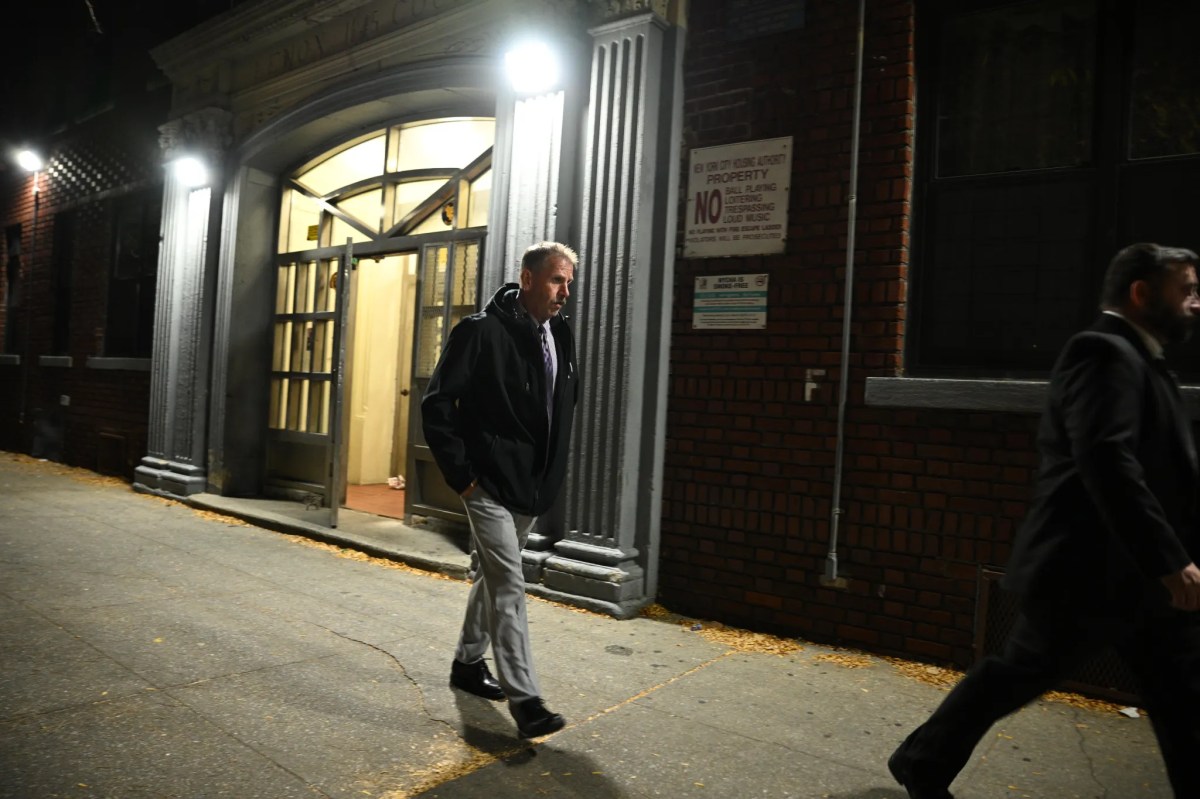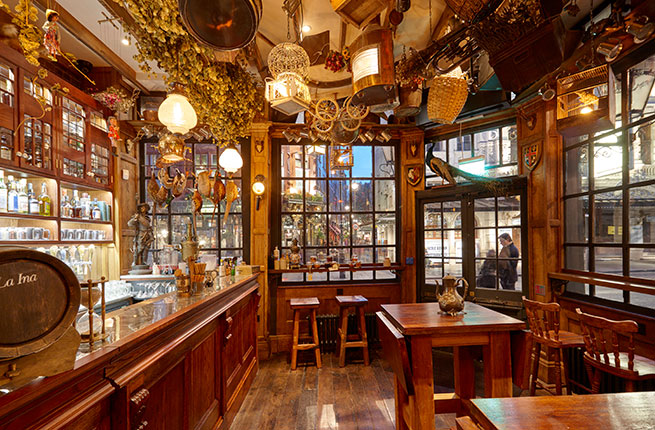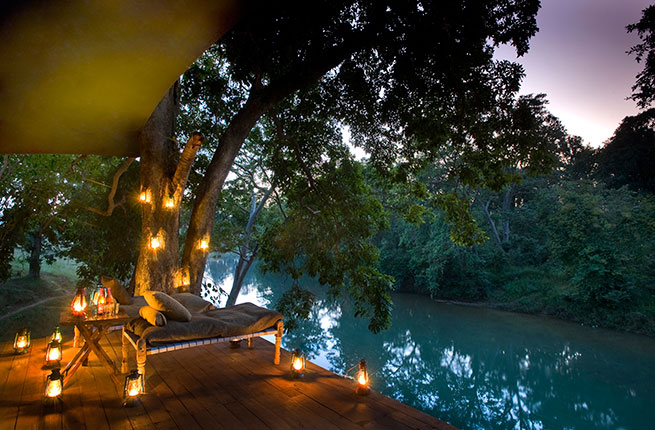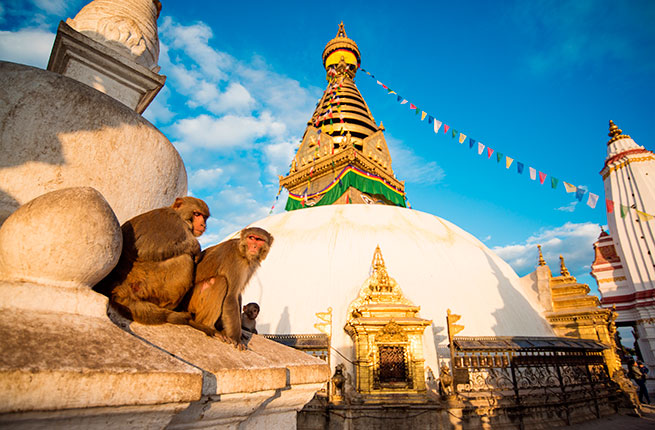Hilltop fortresses, riverfront temples, and pyramids that peek out of steamy jungles: Mexico’s landscape is dotted with historical sites that spanmany centuries. Though many were built by the Mayans and the Aztecs, somewere the work of ancient peoples whose secrets haveyet to be unlocked. Dive into Mexico’s unique history bychecking out our picks for the country’s10 best archaeological treasures.—Mark Sullivan Teotihuacan
Where: Near Mexico City
Nearly as wide at the base as the Great Pyramid of Giza, Teotihuacan‘s neatly stepped Pyramid of the Sun rises majestically from the plains northeast of present-day Mexico City. Formerlyone of the largest capitals in the world, Teotihuacan is now shrouded in mystery. Archaeologists aren’t even certain what people occupied this 2,000-year-old city, now a UNESCO World Heritage Site. Stroll down the temple-lined Avenue of the Dead to the Pyramid of the Moon, the best vantage point for taking in the entire city. Plan Your Trip: Visit Fodor’s Mexico Guide
Tula
Where: Near Mexico City
A quartet of stout stone warriors stands guard atop the five-tiered Pyramid of Quetzalcoatl, the breathtaking centerpiece of the ancient city of Tula. The pyramid is named for the elaborately feathered serpent whose image is found all around this sprawling temple complex north of Mexico City. The Toltec capital, which reached its height around a millennium ago, includes the Burnt Temple, a regal setting lined with dozens of pillars. Plan Your Trip: Visit Fodor’s Mexico Guide
Templo Mayor
Where: Mexico City
Unearthed in 1978 by workers repairing power lines, the 14th-century Templo Mayor sits just off the main square in Mexico City. One of the main temples in the Aztec capital of Tenochtitlan, the Templo Mayor was where captives from rival peoples—as many as 10,000 at a time—were sacrificed to the bloodthirsty god of war. Seven rows of leering stone skulls greeted them as they met their fate. One of Mexico’s crown jewels, it’s a UNESCO World Heritage Site. Plan Your Trip: Visit Fodor’s Mexico City Guide
Monte Alban
Where: Near Oaxaca
Once home to the “Cloud People,” the mountaintop temple complex of Monte Albán does seem close to the sky. At this spectacular archaeological site, occupied a millennium ago by the Zapotec people, you’ll find dozens of intriguing carvings of Danzantes, or “Dancers.” Although their undulating outlines suggest movement, the figures are now thought to depict bound prisoners. Home to hundreds of tombs that have yielded impressive cache of gold and jade, Monte Albán is a nine-mile drive from Oaxaca. Plan Your Trip: Visit Fodor’s Oaxaca Guide
Mitla
Where: Near Oaxaca
The mesmerizing abstract patterns carved into the stonework at Mitla are found nowhere else in Mexico. The other distinguishing characteristic is the vivid red pigment still adorning many of the temple walls. Occupied by the Mixtec people until the 16th century, when it was largely demolished by the Spanish (look for some stones in the wall of the nearby cathedral), this religious center was considered a gateway to the world of the dead. An hour’s drive from Oaxaca, Mitla is well worth the trip. Plan Your Trip: Visit Fodor’s Oaxaca Guide
Bonampak
Where: Chiapas
Although most Mayan ruins are now unadorned stone, the ancient city of Bonampak is a peek at a world in Technicolor. Atop a small pyramid you’ll find one of the most eye-popping examples of Mayan painting: the Temple of the Murals, where three rooms depict a glorious battle scene. The frescoes, painted in 790, are still-vivid shades of red, gold, and a luminous blue-green. Plan Your Trip: Visit Fodor’s Chiapas and Tabasco Guide
Yaxchilan
Where: Chiapas
Reachable by boat, this riverfront temple complex sits on the banks of the Río Usumacinta across from Guatemala. Shaded by century-old ceiba trees, Yaxchilán is known for its elaborate stonework—look for delicately carved lintels above doorways and filigree patterns decorating the roofs. This was a Mayan stronghold, dominating smaller cities like nearby Bonampak with its military might. Plan Your Trip: Visit Fodor’s Chiapas and Tabasco Guide
Palenque
Where: Chiapas
If you have trouble imagining what life was like in Mayan times, head to Palenque. Startlingly intact, it feels more like a city than any other archaeological site in Mexico. You’d need weeks to fully explore everything, from the palace with 30-foot-tall pillars to the royal tomb where you’ll discover a queen’s sarcophagus colored with cinnabar. Don’t miss the Temple of the Inscriptions, where the nine tiers correspond to the nine lords of the underworld. Plan Your Trip: Visit Fodor’s Chiapas and Tabasco Guide
Chichen Itza
Where: Yucatán
Thousands of travelers descend on Chichén Itzá every day, and with good reason: The perfectly restored pyramid known as El Castillo, or “The Castle,” is one of Mexico’s most unforgettable sights. Don’t stop there, though, becauseChichén Itzá was one of the largest Mayan cities and is well worth a few days of exploration. If time is short, head to the Templo de los Guerreros (Temple of the Warriors), with its acrobatic sculpture of a reclining figure, or El Caracol (The Snail), one of the few round buildings built by the Mayans. Plan Your Trip: Visit Fodor’s Yucatán and Campeche States Guide Tulum
Where: Caribbean Coast
A spectacular setting facing the Gulf of Mexico makes this compact archaeological site a must-see. The main temple sits atop a 40-foot limestone cliff, offering unbeatable views of the aquamarine waters below. Carvings on the columns depict the plumed serpent Kukulcán, one of many ties Tulum has to the Toltecs of Tula. The Templo del Díos Descendente, or “Temple of the Descending God,” got its name from the carving over the doorway of a winged diety plummeting to earth. Plan Your Trip: Visit Fodor’s Mexico Caribbean Coast Guide
Hilltop fortresses, riverfront temples and pyramids that peek out of steamy jungles dot Mexico’s landscape, with historical sites that spanmany centuries. Though many were built by the Mayans and the Aztecs, somewere the work of ancient peoples whose secrets haveyet to be unlocked. Dive into Mexico’s unique history bychecking out our picks for the country’s10 best archaeological treasures. —Mark Sullivan Teotihuacan
Nearly as wide at the base as the Great Pyramid of Giza,Teotihuacan‘s neatly stepped Pyramid of the Sun rises majestically from the plains northeast of present-dayMexico City. Formerlyone of the largest capitals in the world, Teotihuacan is now shrouded in mystery. Archaeologists aren’t even certain what people occupied this 2,000-year-old city, now a UNESCO World Heritage Site. Stroll down the temple-lined Avenue of the Dead to the Pyramid of the Moon, the best vantage point for taking in the entire city. RELATED: America’s best fall food festivals
Tula
A quartet of stout stone warriors stands guard atop the five-tiered Pyramid of Quetzalcoatl, the breathtaking centerpiece of the ancient city of Tula. The pyramid is named for the elaborately feathered serpent whose image is found all around this sprawling temple complex north ofMexico City. The Toltec capital, which reached its height around a millennium ago, includes the Burnt Temple, a regal setting lined with dozens of pillars. Templo Mayor
Unearthed in 1978 by workers repairing power lines, the 14th-centuryTemplo Mayorsits just off the main square inMexico City. One of the main temples in the Aztec capital of Tenochtitlan, the Templo Mayor was where captives from rival peoples—as many as 10,000 at a time—were sacrificed to the bloodthirsty god of war. Seven rows of leering stone skulls greeted them as they met their fate. One of Mexico’s crown jewels, it’s a UNESCO World Heritage Site. Monte Alban
Once home to the “Cloud People,” the mountaintop temple complex ofMonte Albándoes seem close to the sky. At this spectacular archaeological site, occupied a millennium ago by the Zapotec people, you’ll find dozens of intriguing carvings of Danzantes, or “Dancers.” Although their undulating outlines suggest movement, the figures are now thought to depict bound prisoners. Home to hundreds of tombs that have yielded impressive cache of gold and jade, Monte Albán is a nine-mile drive fromOaxaca. RELATED: 20 college towns we love to visit
Mitla
The mesmerizing abstract patterns carved into the stonework atMitlaare found nowhere else in Mexico. The other distinguishing characteristic is the vivid red pigment still adorning many of the temple walls. Occupied by the Mixtec people until the 16th century, when it was largely demolished by the Spanish (look for some stones in the wall of the nearby cathedral), this religious center was considered a gateway to the world of the dead. An hour’s drive fromOaxaca, Mitla is well worth the trip. For the rest of Mexico’s most amazing ruins, including the Yucatan’s treasured Chicen Itza, visit Fodor’s.
























